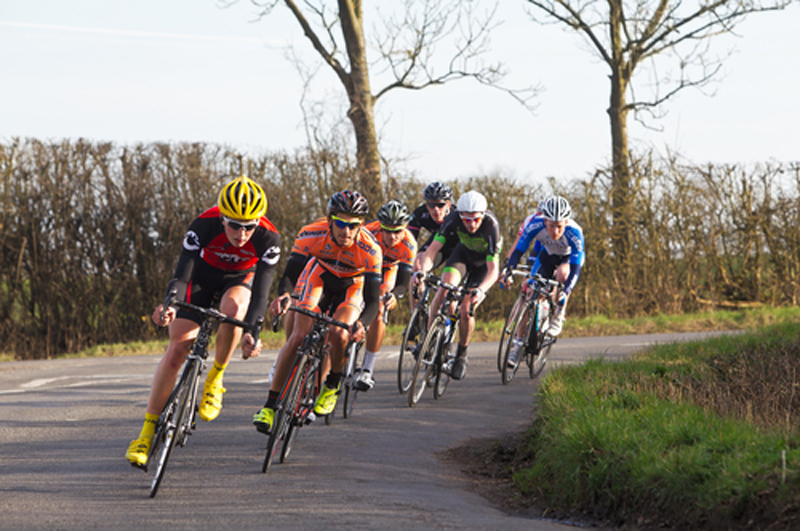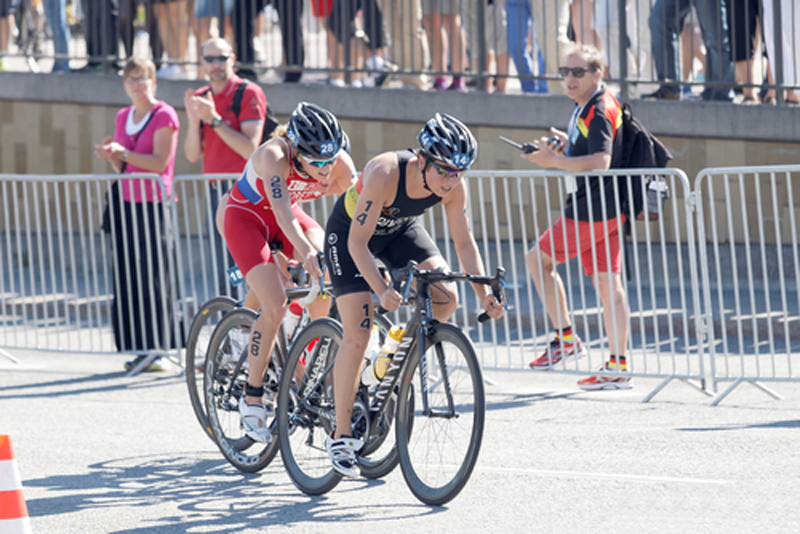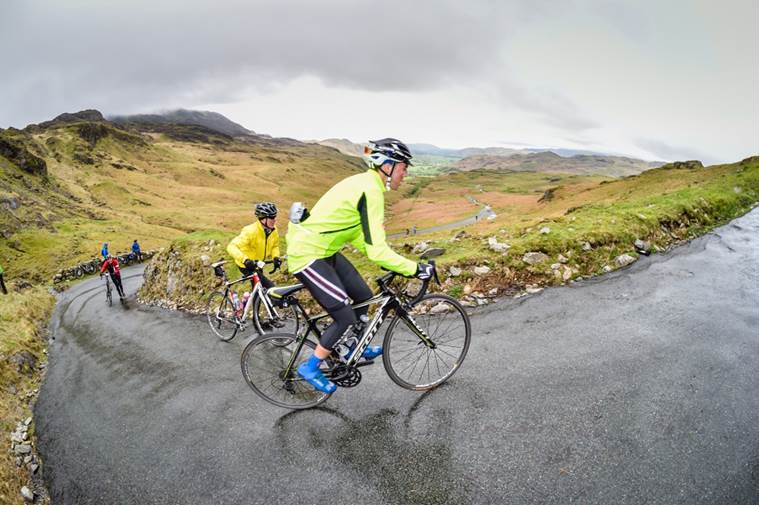“It never gets easier, you just go faster.” Greg Le Mond, 3 time Tour de France winner.
This blog is intended to be a follow up from June’s cycling
blog and beginner’s cycling plan. If you’ve been following this plan throughout June, or if you’ve already got a base level of cycling fitness, this plan is for you.
What exactly is base fitness? Well, in most simple terms, base fitness can be thought of as the base of a pyramid, i.e. the foundations for harder, more intense workouts that allow you to maximise your fitness. It is only with this solid foundation that we can build further and maximise our fitness levels! Once you’ve developed a solid foundation of cycling fitness, it’s time to increase the intensity of your workouts to maximise your fitness and reach peak levels of cardiovascular conditioning.
The first thing that you notice after a period of exercising is that your workouts start getting easier than they were before. This is a good thing! What would previously be challenging is now much more manageable and your body has adapted to the exercise. The challenge is to keep changing up your exercise routine and to make it progressively harder so that fitness levels continue to improve. From my experience, this can be challenging mentally, as well as physically.
When I was training for a couple of hilly cycle events in May and June 2014, my focus was on building up my mileage as well as the overall elevation of my rides. Both of these events, The Fred Whitton Challenge in the Lake District, and the Coast 2 Coast were over 100 miles total distance and involved over 4000m of climbing! Training for these whilst living in a relatively flat area such as Essex was never going to be easy!
As part of my training, I would often travel to Kent in search of hillier terrain, and every few weeks, the rides would get longer and involve more overall climbing. Myself and a friend, who was also doing the events, even travelled up to the Lake District a few weeks beforehand as one of our final training rides and to ensure that we were well prepared for the real thing! Whilst this might be an extreme example of progressing an exercise program, the principles are the same – as you get fitter, you must continue to increase the intensity or the duration of your workouts, or both.
These longer, more challenging rides were definitely hard mentally, but by having an overall focus, i.e. the event itself, it provided meaning to what I was doing and always motivated me to keep pushing on. Even if the weather was bad, I would justify doing the ride anyway because it would probably rain on the day. It was the Lake District after all! Throughout my training, my mantra was to “train hard, race easy”, so no matter how hard the training was, it was comforting to know that the more I suffered now, the better it would be on the day!
Try these advanced sessions to take your cycling fitness onto the next level, or to add a ‘top end’ to your cycling fitness in preparation for an upcoming event or race.

Advanced Cycling Plan
Session 1 - Threshold efforts
This session is the cornerstone of time trial training as it trains the body to work on or close to the limit for sustained periods of time. Threshold is defined as the maximum level of exertion that can be sustained whilst still working aerobically (i.e. the body is able to use oxygen to fuel the exercise). If you were to push any harder, the workout would become anaerobic (i.e. the intensity is too high for the body to utilise the oxygen for exercise) and you would quickly fatigue. This is essentially pushing yourself as hard as you can over a period of 20 minutes or more, the idea being that your actual threshold is the same for any exercise ranging from a minimum of 20 minutes up to around 1 hour of exercise. Think of this session as a time trial, where you are attempting to see how far you can travel in the specified time frame.
By training at threshold, we can raise our anaerobic “threshold” which means that we can work at a higher level without the need to go into the anaerobic zone (you could think of this as a “red zone”).
Here’s the program:
After a 5-10 minute warm up, gradually increasing the resistance to just below “threshold” and focusing on a cadence of 90 revolutions per minute (RPM),
Complete 2 x 20 minute “threshold” efforts with a 10 minute active recovery in between each interval. Aim to complete the efforts at a cadence of 95 RPM + and focus on going as hard as you can for each 20 minute effort. Focus on smooth pedalling throughout.
Finish with a 10 minute cool down
It is best to pace your efforts to a certain extent to avoid going off too hard and then slowing towards the end of the 20 minute effort. It can actually take a bit of practice to be able to exercise at your true threshold with some people pushing it too hard, whilst others could actually push themselves slightly harder with a bit more practice and mental toughness. It may help to think of threshold as a training “zone”, where you are working towards the lower end of the zone for the first few weeks of the program, before progressing to the upper end of the zone after a period of 4-6 weeks of threshold training.
Top Tip – If you are looking to maximise your cycling fitness or are training for a specific event, you should be reducing the amount of other exercise, as well as the duration of other weekly training sessions; if you are pushing the threshold efforts harder after a few weeks of this plan, consider reducing the overall volume of your training for a short time to reach peak condition.

Session 2 – Russian steps
This is a challenging session that involves putting out a series of maximum efforts over varying intervals. It is essential that you already have a solid foundation of cycling fitness and that you are already used to working at high intensity on the bike. Avoid selecting too high a resistance as the main focus should be on high leg speed. However, select a gear that allows you to reach high leg speeds whilst having enough resistance to feel in control. Your focus should be to keep the upper body still and to avoid bouncing up and down on the saddle as the leg speed increases.
Perform a 5-10 minute warm up, starting at a cadence of 90 revolutions per minute (RPM), before introducing some 10 second intervals at 100, 110 and 120 RPM.
THEN
15 seconds “ON”, 45s off
30s ON, 30s off
45s ON, 15s off
60s ON, 60s off
45s ON, 15s off
30s ON, 30s off
15s ON, 45s off
Training block duration – 8 minutes
Allow at least 5 minutes recovery before completing this 8 minute block one more time.
Total workout time - 21 minutes
Perform a 5-10 minute cool down where you gradually reduce the heart rate to your resting level. This is a tough session and you will benefit from a prolonged cool down.
Alex works for the Fitness4Less Group at the Topnotch Colchester club. When he’s not out on his bike, he’s in the gym teaching spin classes and training with clients! He loves all things to do with cycling, but is also passionate about using strength training, running and yoga to develop all round fitness. Contact Alex via our web site http://www.topnotchhealthclubs.com/training/colchester/249/ for advice on cycling specific training or for ideas on how to use different forms of exercise, not just to improve cycling, but for overall conditioning and injury prevention.
![]()
![]()
![]() blog
blog![]()
![]()
![]() blog
blog

